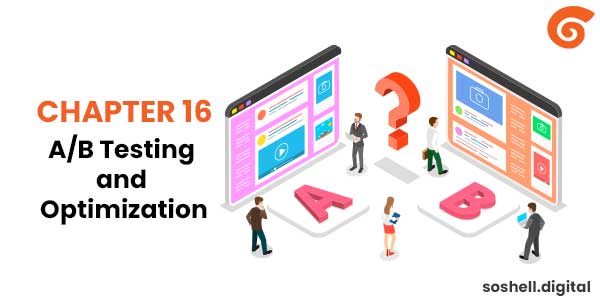Maximizing Your Sales Funnel’s Potential
Introduction
Creating an effective sales funnel is an art, but fine-tuning it for optimal performance is a science. A/B testing and optimization are the scientific tools that help businesses systematically improve their sales funnels. In this article, we will delve into the world of A/B testing and optimization, exploring how they can enhance your sales funnel’s performance.
The Power of A/B Testing
A/B testing, often called split testing, is the practice of comparing two versions of a web page or element to determine which one performs better. It’s a structured way to answer critical questions about your funnel and its elements, such as headlines, calls to action, forms, or layout.
The A/B Testing Process
- Hypothesis: Start with a clear hypothesis. What specific change do you want to test, and what improvement do you expect?
- Variations: Create two versions, A and B, with one differing element. For instance, you might test a green versus a red call-to-action button.
- Randomization: Randomly split your audience into two groups, with each group exposed to one of the variations.
- Measurement: Use key performance indicators (KPIs) to measure the effectiveness of each version. This could be click-through rates, conversion rates, or any other relevant metrics.
- Analysis: Analyze the results to determine which variation performs better. If version B (red button) outperforms version A (green button), you have a clear winner.
- Implementation: Implement the winning variation as the new standard and move on to the next test.
Areas to Optimize in Your Sales Funnel
- Headlines and Messaging: Test different headlines and messaging to see which resonates best with your audience.
- Calls to Action (CTAs): Experiment with CTA button text, colors, and placement to boost click-through rates.
- Forms: Optimize form length, fields, and design to reduce friction in lead capture or checkout processes.
- Images and Media: Test images, videos, or product visuals to find what captures your audience’s attention.
- Layout and Design: Evaluate the overall layout and design of your funnel pages for improved user experience.
- Pricing and Offers: Experiment with pricing strategies, discounts, and bundled offers to find the most compelling options.
- Content Length and Format: Assess the impact of content length and format (text, video, infographics) on engagement and conversion.
The Continuous Optimization Cycle
A/B testing and optimization are not one-time efforts but an ongoing cycle of improvement. As you implement changes based on A/B test results, new hypotheses will emerge, leading to further tests and refinements. This continuous optimization process allows you to adapt to changing market dynamics and customer preferences.
Benefits of A/B Testing and Optimization
- Data-Driven Decisions: A/B testing provides concrete data on what works and what doesn’t, reducing guesswork in funnel optimization.
- Improved Conversion Rates: By systematically refining funnel elements, you can significantly increase conversion rates, leading to higher revenue.
- Enhanced User Experience: Optimization efforts often result in a smoother, more user-friendly funnel, improving customer satisfaction.
- Competitive Edge: Regular optimization keeps your funnel aligned with industry best practices, giving you a competitive advantage.
Conclusion
A/B testing and optimization are indispensable tools for businesses seeking to maximize the potential of their sales funnels. By systematically testing and refining various elements, you can create a funnel that not only converts more effectively but also adapts to the evolving needs and preferences of your audience. Embrace the scientific approach to funnel optimization, and watch your business flourish in the ever-changing digital landscape.
